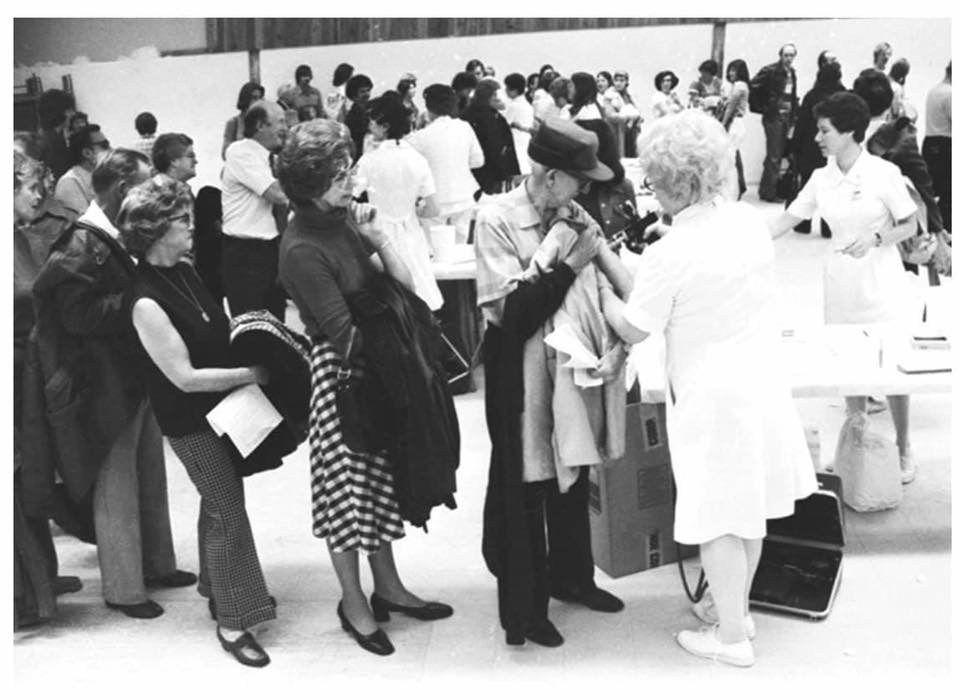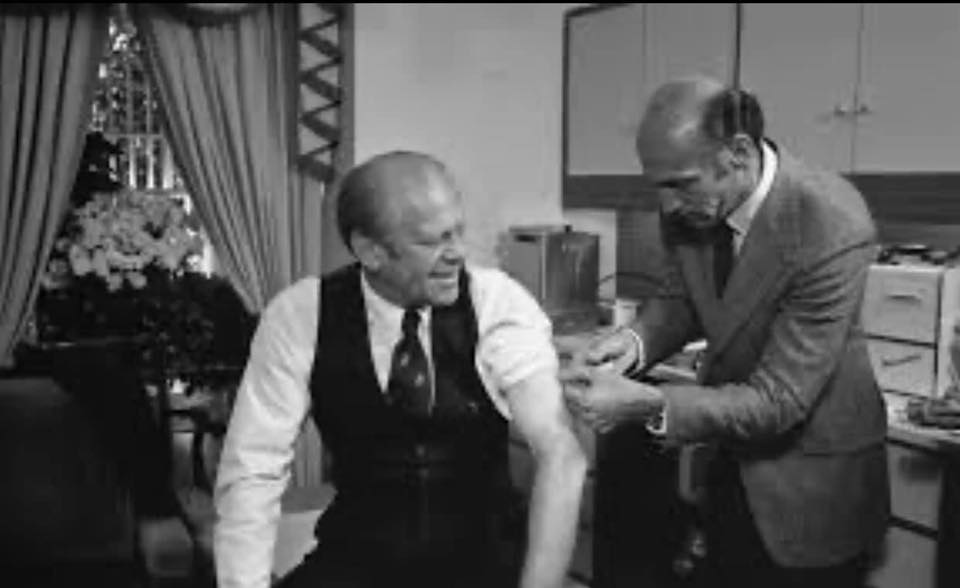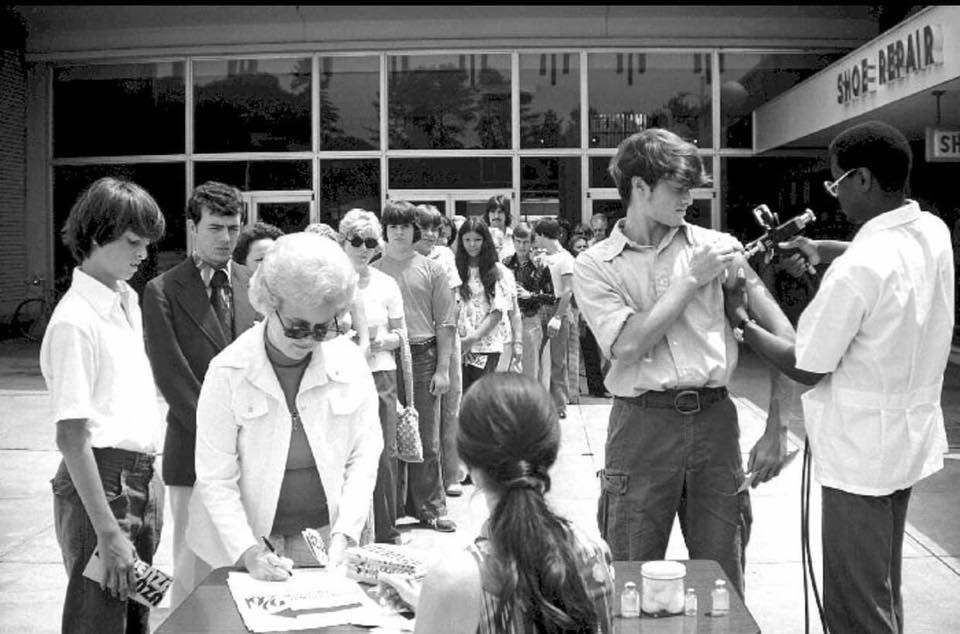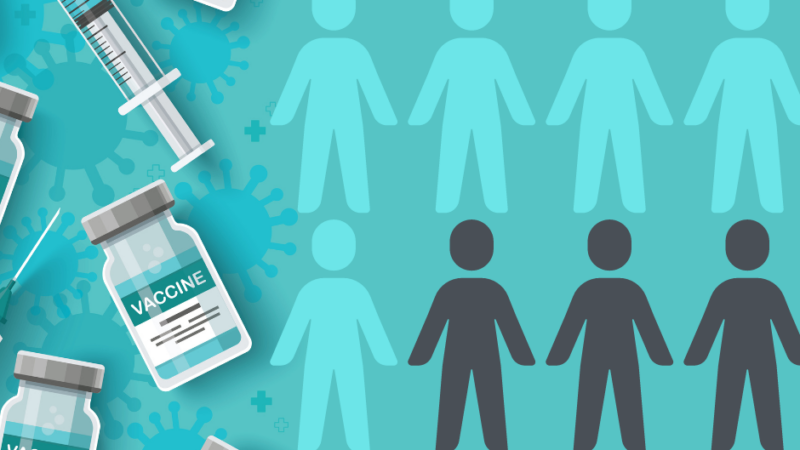Swine Flu Fiasco of ’76

It behooves us to review history, watch the trends and realize that the ‘threat of pandemic’ has been the ever-looming threat that reinforces the government vaccination program. If you are old enough you might remember the swine flu scare of 1976. That was the year the U.S. government told us all that swine flu could turn out to be a killer that could spread across the nation, and Washington decided that every man, woman, and child in the nation should get a shot to prevent a nation-wide outbreak, a pandemic.
46 million obediently took the shot, and now 4,000 Americans are claiming damages from Uncle Sam amounting to three and a half billion dollars because of what happened when they took that shot. By far the greatest number of the claims – two-thirds of them are for neurological damage or even death, allegedly triggered by the flu shot.

It all began when a young recruit at Fort Dix in New Jersey died from what was believed to be swine flu. Several other soldiers there also became sick. When officials at the Centers for Disease Control got wind of the news, they sprang into action, urging mass vaccinations. President Gerald R. Ford threw his support behind the drive.
He was even photographed in his office receiving the shot from the White House doctor. Emotional commercials from 1976, which can be seen on YouTube, reveal the scare tactics the government used to get Americans vaccinated. The shots began on Oct. 1, with people lining up at schools, clinics, and shopping malls.

However, the vaccine came with a hidden — and even deadly — threat. By mid-December, 54 cases of Guillain-Barré syndrome, a paralyzing neuromuscular disease, were reported as a result of the vaccine. Eventually, that number swelled to about 500, and 25 of those died. The shots were abruptly halted, but only after roughly 46 million Americans were immunized.

Due to the urgency of creating new immunizations for a novel virus, the government used an attenuated “live virus” for the vaccine instead of a inactivated or “killed” form, increasing the probability of adverse side effects among susceptible groups of people receiving the vaccination.
What’s more, the “pandemic” anticipated by officials never materialized. It’s believed that only about 200 Americans contracted that particular strain. Today, that hasty vaccination program is often referred to as the swine flu “fiasco,” which is addressed in the 1978 book The Swine Flu Affair: Decision-Making on a Slippery Disease.
It was the pandemic that never was. The New York Times went so far as to dub the whole affair a “fiasco,” damning one of the largest and probably one of the most well-intentioned public health initiatives by the US government.






